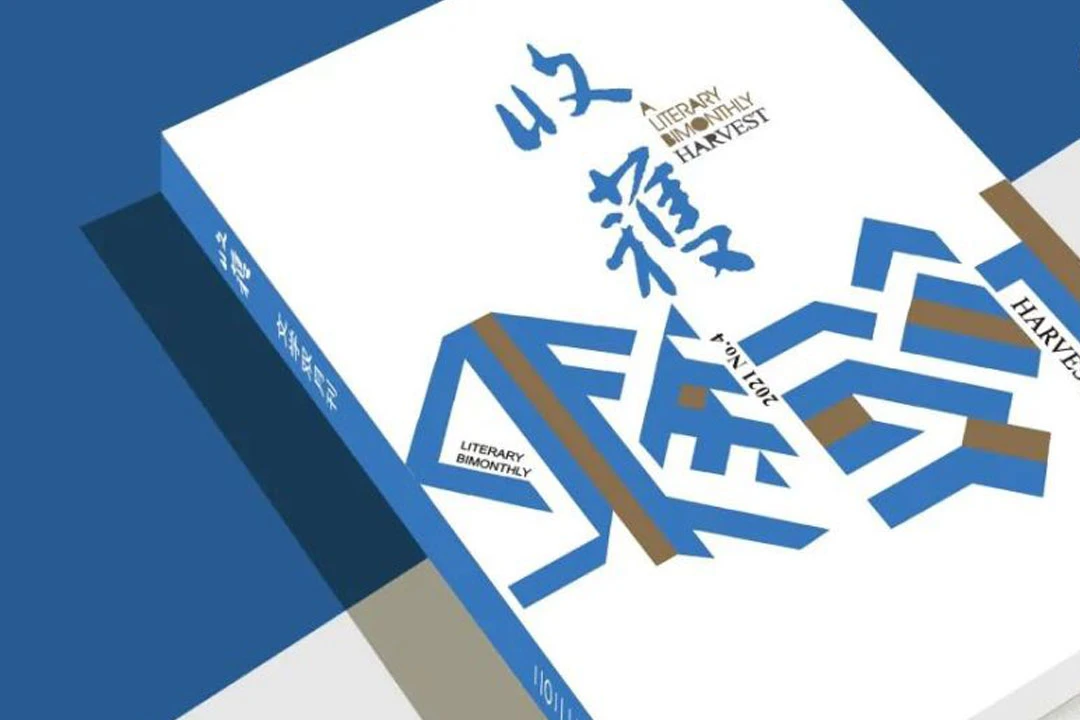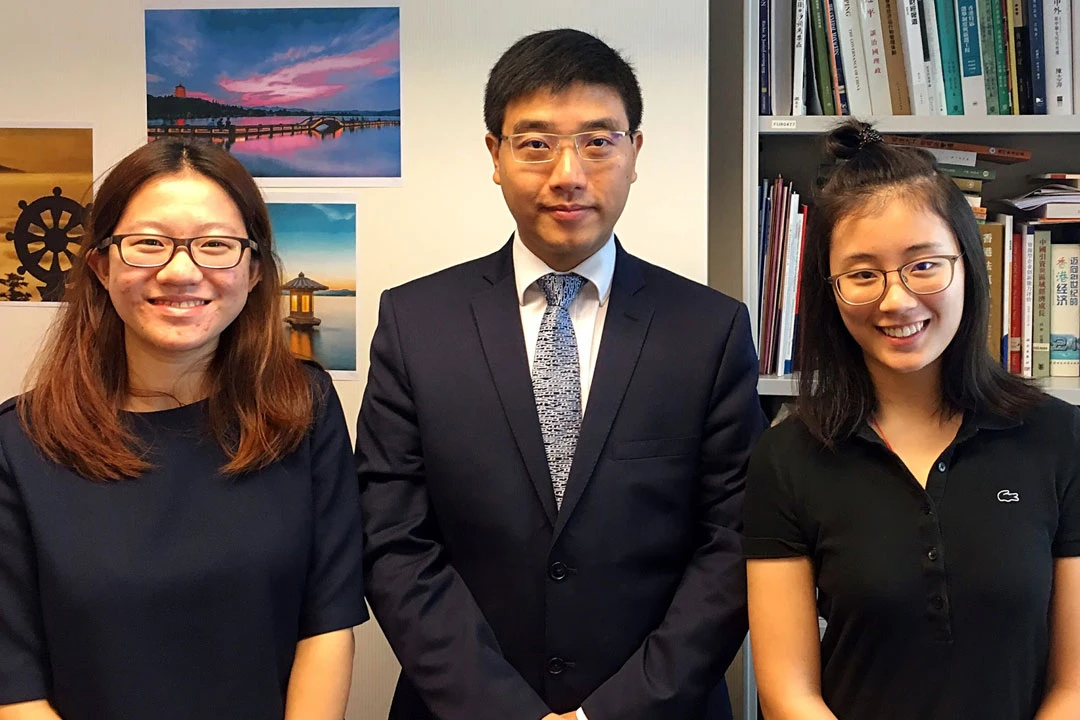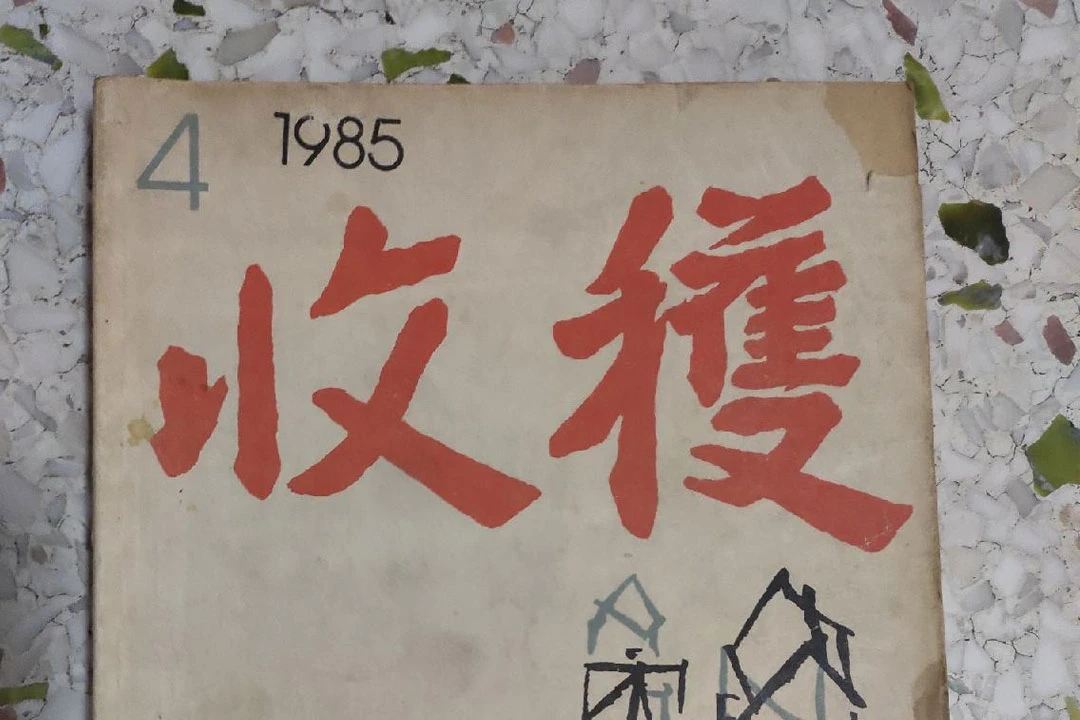How China's Rising Literary Stars Navigate Modern Anxieties
In the bustling literary scene of contemporary China, a new generation of writers is making waves with their bold, imaginative takes on the challenges facing young people today. The recent "Young Writers' Fiction Special" in the prestigious literary magazine "Harvest" (收获) has become a talking point among critics and readers alike, showcasing eight stories that blend elements of science fiction, magical realism, and sharp social commentary.
Three stories, in particular, have captured the imagination of young readers and critics: "Juan Yi" by Du Li, "The Workaholic Museum" by Zhang Canyi, and "The Art of Rat Capture" by Li Haoran. These narratives, while diverse in their approaches, share a common thread – they all use elements of the fantastic to explore the very real pressures and anxieties plaguing China's youth.
In "Juan Yi," (鹃漪) Du Li crafts a mesmerizing tale that intertwines climate change, ornithology, architecture, and fantasy. The story follows Hua Mo, a young woman who escapes the harsh realities of her life by constructing elaborate dream worlds. These dreams, vivid and alluring, serve as a metaphor for the escapist tendencies of a generation grappling with the weight of societal expectations and economic pressures.
One young critic, Chen Yunjing, notes the duality in Du's approach: "While the science fiction elements provide an exciting canvas for storytelling, they also risk becoming a comfortable retreat from addressing real-world issues." This observation touches on a key debate in contemporary Chinese literature – how to balance social critique with the need for hope and imagination.
Zhang Canyi's "The Workaholic Museum" takes a more satirical approach, using dark humor to skewer the culture of overwork that has gripped many of China's urban centers. The protagonist, Shen Gongque, becomes a living exhibit in a museum dedicated to workaholism, her body grotesquely transformed by her dedication to labor. The story's multiple narrators create a cacophony of voices, each offering their own interpretation of Shen's fate.
Liu Yihan, another young critic, points out the story's clever use of unreliable narration: "By the end, we're left unsure of what's true and what's false. The only certainty is the absurdity of it all, which speaks volumes about the real-world conditions that inspired the story." This narrative technique allows Zhang to critique not just overwork culture, but also the media circus and profit-driven motivations that often surround such social phenomena.
Li Haoran's "The Art of Rat Capture" takes yet another approach, blending family history with magical realism to explore themes of generational trauma and the weight of the past. The protagonist, Zhang Hao, grapples with a family legacy of rat-catching abilities that seems to be both a blessing and a curse. The rats in the story serve as a potent metaphor for unresolved historical traumas that continue to plague contemporary Chinese society.
The Delicate Balance of Youth Literature in Contemporary China
Guo Xinwei, a student critic, observes: "Unlike the other two stories, 'The Art of Rat Capture' doesn't offer an imaginary solution to its central conflict. Instead, it uses fantasy elements to illuminate the ways in which past traumas continue to shape our present realities." This approach allows Li to touch on sensitive historical topics while maintaining a degree of narrative distance.
What unites these three stories, despite their diverse approaches, is a shared concern for the struggles of China's young adults. Whether it's the pressure to succeed in a hyper-competitive job market, the desire for genuine emotional connections in an increasingly alienating urban landscape, or the challenge of reconciling family expectations with personal aspirations, these authors are tapping into the zeitgeist of their generation.
However, the use of fantastic elements in these stories is not merely a stylistic choice. It serves a dual purpose: providing a degree of narrative distance that allows for more pointed social critique, and offering a canvas for imaginative explorations of potential futures or alternative realities. This blend of the fantastic and the socially conscious places these young authors in a long tradition of Chinese literature that uses allegory and symbolism to comment on contemporary issues.
Yet, as some critics have pointed out, there's a risk inherent in this approach. While the use of fantasy and science fiction elements can make difficult topics more palatable, it can also potentially blunt the impact of the social critique. There's a delicate balance to be struck between offering escape and confronting reality head-on.
Wang Weixu, the lecturer who moderated the discussion among the young critics, concludes: "Regardless of whether these stories offer escape or confrontation, what's admirable is the courage these young authors show in giving form to the contemporary youth experience." This sentiment encapsulates the excitement surrounding this new wave of Chinese literature – its willingness to engage with the complexities of modern life, even if the solutions it offers are sometimes as fantastical as the worlds it creates.
As China continues to undergo rapid social and economic changes, the role of literature in reflecting and shaping societal attitudes becomes increasingly important. These young authors, with their blend of imagination and social consciousness, are at the forefront of this cultural conversation. Their stories serve not just as entertainment, but as a mirror held up to society, reflecting its anxieties, hopes, and contradictions.
The "Young Writers' Fiction Special" in "Harvest" magazine represents more than just a collection of imaginative stories. It's a snapshot of a generation in flux, grappling with the challenges of the present while trying to imagine possible futures. As these young authors continue to hone their craft and find their voices, they may well be shaping the future of Chinese literature – one fantastical story at a time.



